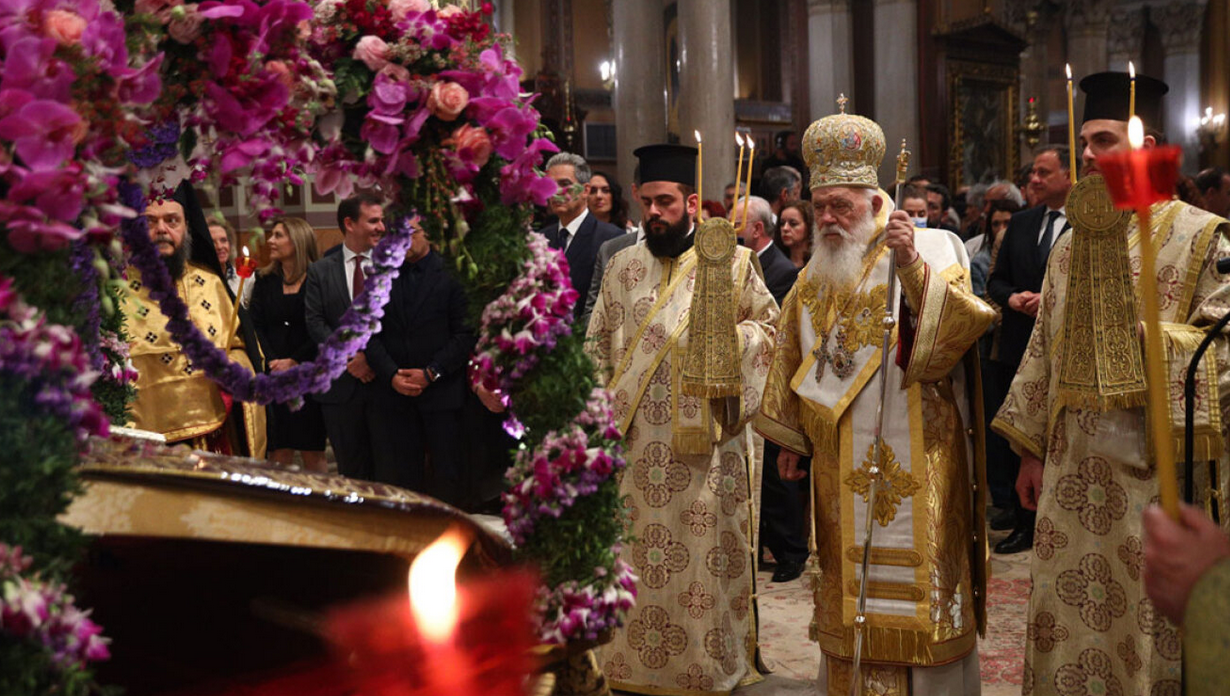New findings that will shed light on the 10-year Trojan War, mentioned by Homer in his epic “Iliad,” were unearthed during excavations in the 5,000-year-old ancient city of Troy in the northwestern province of Çanakkale’s Tevfikiye village.
Visited by thousands of people every year, mostly from the Far East, Troy saw excavations begin in July that are being led by a team of 40 people, with Culture and Tourism Ministry official Veysel Öztürk joining the excavations as an observer.
A member of Çanakkale Onsekiz Mart University’s (ÇOMU) archaeology department and the head of the excavations, Professor Rüstem Aslan said they have been trying for the last three years to find the traces of Troy-6 and Troy-7, which have links to Homer.
He said all archaeologists who have so far joined the excavations wanted to reach some information about the legendary war and were putting great efforts to reveal more new findings about the war.
Aslan said this year’s excavations are ongoing in the Agora field, located close to the southern entrance to the Troy-6 and Troy-7 periods.
“As we went deep into the lower layers, we found the late-Roman era structures and a water system, Hellenistic-era walls and a 3,500-year-old stone road from the Troy-6 and Troy-7 periods. We are about to reach new information particularly about the Troy-6 period, which is considered as Homer Troy and associated with the Trojan War. We have obtained some information. We have also reached very important architectural findings into the Trojan War. We will work to detail these findings until the end of the excavations in September,” he added.
Skeletons from late Byzantine era
Three human skeletons from the late Byzantine era were discovered in the upper layers of the excavation field.
“The skeletons date back to some time around the 12th century. There are findings here referring to the late Byzantine era. We partially cleaned and unearthed one of these skeletons. The examinations on the skeleton showed that this person was young and did not die of natural causes. Its skull and body were damaged and it was buried there,” Aslan said.
A water system they found is believed to date back to 500 B.C., according to Aslan.
“There is a Roman-era bath opposite the Odeon. The water system goes to this place. We know that Troy has become a sacred place because of Homer’s Trojan War and the stories of heroism. We also know that the population increased especially in the Roman era. They carried water from seven-eight kilometers away to meet the need for water here. One of the nearly 1,500-year-old water systems has survived until today without any damage,” he added.
Bronze Age cemetery still a mystery
Aslan said Troy had many unanswered questions buried for some 150 years. “One of these questions is that the field of the latest Bronze Age cemetery was not found. We know that there are cemeteries from the Hellenistic, Roman and late Byzantine eras. But we were not able to find the latest Bronze Age cemetery which is associated with the Trojan War. We have some plans regarding it; we will start working on some spots in the coming years,” Aslan added.



































